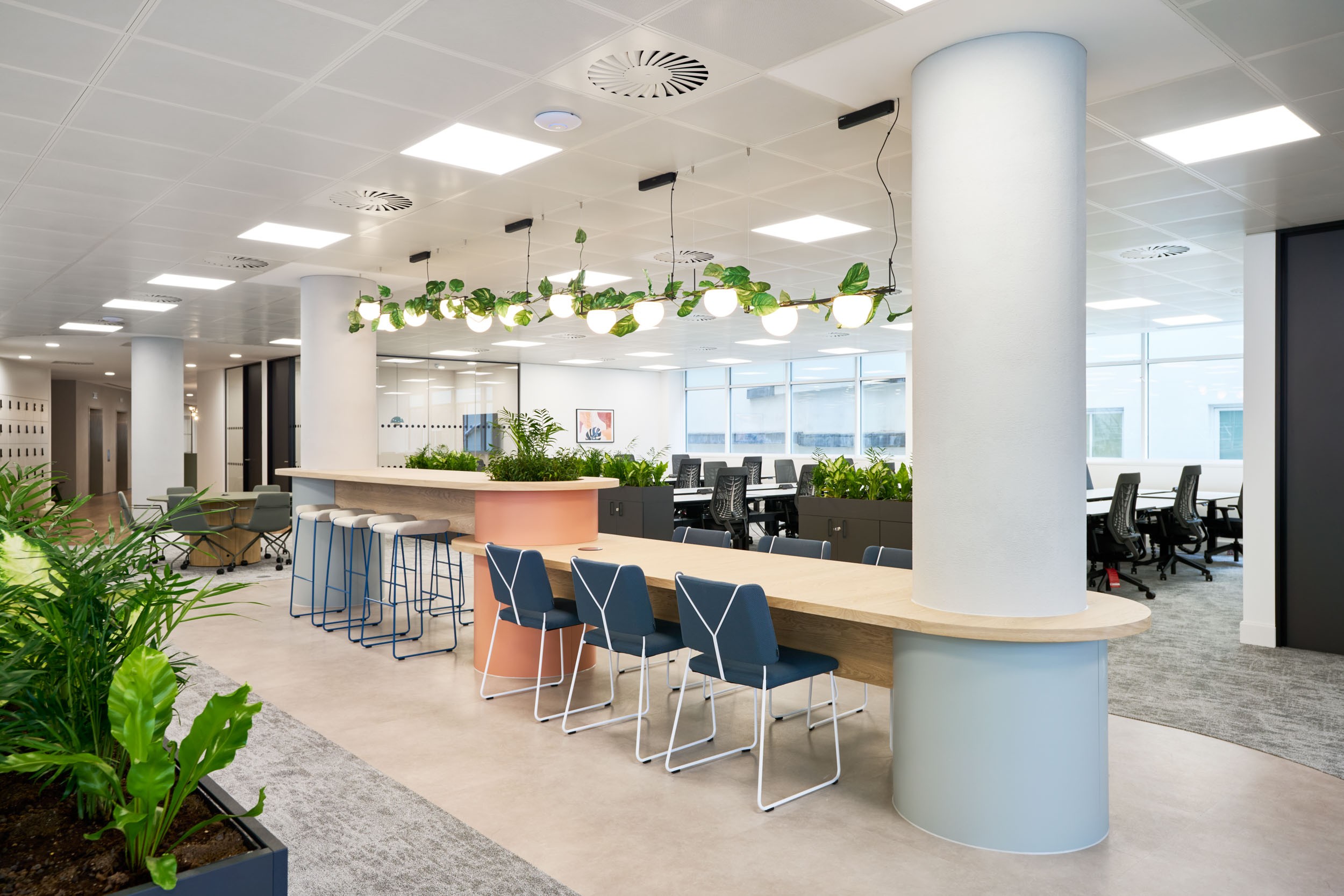The office building of 2030: How tech can build a greener future
After real estate investment in smart building technology suffered in the pandemic, experiencing a two-year dip in funding, the smart office is starting to look up again with investments in smart building technology soaring to its highest level since 2018, according to a new report from CB Insights.
As global regulations focus on green buildings, the real estate industry has little choice but to rethink the efficiency and energy consumption of the property portfolio. This means a major shift for the future of the office building. The CB Insights report, entitled ‘The Future of the Office Building’ looks at how the building of 2030 is poised to operate more sustainably and efficiently than ever before using innovative smart building technology.
The report covers five critical smart building technologies that are emerging into mainstream office infrastructure:
IoT-connected heat pumps
Heat pumps are intended to replace energy-intensive traditional HVAC systems. When heat pumps are linked to IoT sensors strategically placed throughout the building, facilities management teams can better manage and control where and when energy is used. To estimate heating and cooling needs, top-tier systems will be augmented with AI. As building managers develop a greater understanding of energy consumption, they will be able to adjust energy consumption to operate as a virtual power plant for the local grid.

Smart glass
A window coating that monitors the movement of the sun in order to prevent energy loss, smart glass also includes AI-assisted occupancy and security technology. Through using advanced 3D image recognition to identify items and people, smart glass is able to track who is in the facility and how much energy is needed.
The digital twin
Growing in popularity due to increased investment in the metaverse and in 5G-connected devices, a digital twin is a virtual representation of a real set of objects, constructed with real-world data collected from IoT sensors. Ultimately, they will drastically reduce the amount of human input needed in office building facilities management.
Future-ready workplace
In keeping with the subject of sustainable workspaces, Hong Kong-based architects Ronald Lu & Partners created Treehouse, a green office concept. The project strives to restore humanity's relationship with nature.
The Treehouse design is based on three main principles: interaction, flexibility, and user centricity. The proposal relies on cutting-edge technology and artificial intelligence to create a highly sustainable and digitally linked workplace. The initiative makes use of technology to analyse information, learn, and communicate more effectively with colleagues.

At Ambit, we put ESG and sustainability at the forefront of our projects. Find out more here.
This article is based on a research piece ‘the office building of 2030: how tech can build a greener future’, authored by Kasia Maynard, Content Editor at WORKTECH Academy.








